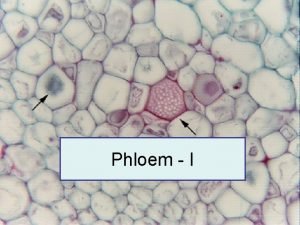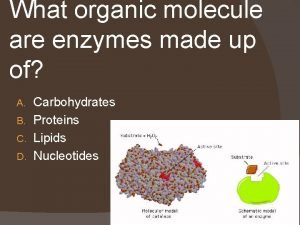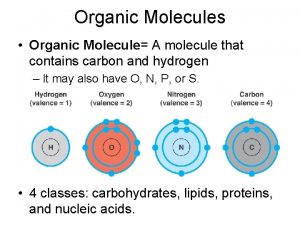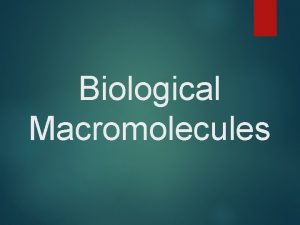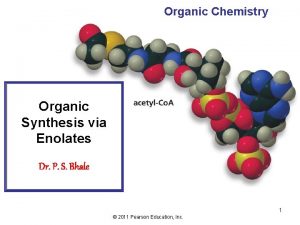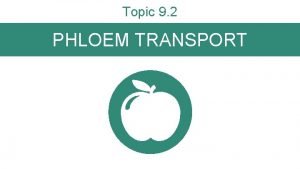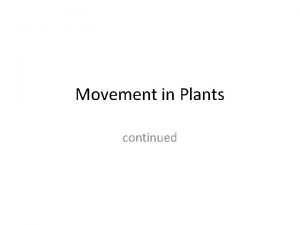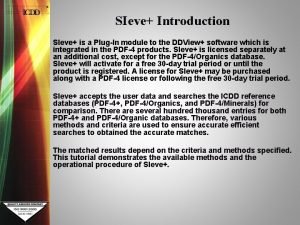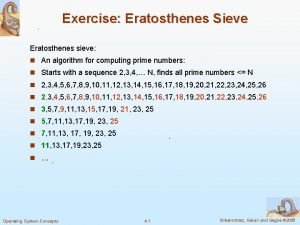Phloem Structure Organic molecule movement via phloem Sieve






- Slides: 6

Phloem Structure Organic molecule movement via phloem Sieve plate Companion Cell Has nucleus, dense cytoplasm Sieve tube member/element Lacks nucleus, cytoplasm, is hallow Living Cells Move particles in various directions Source Net producer of sugar Photosynthesis (leaves) or hydrolysis (tubers) Sink Use or store sugar (roots/fruits)

Translocation: movement of organic molecules – ‘phloem sap’ Sugar (sucrose) Amino Acids Plant hormones Small RNA molecules Swelling occurs Removal of bark (living phloem) Causes tree death

Techniques in Analyzing Phloem Sap Aphid Stylets Feed by inserting stylets (mouth structure) into sieve tube Pressure in tube forces sap into aphid Cut the stylet with laser – free of contaminates Analyze ‘sap’ contents

Techniques in Analyzing Phloem Sap Radioactive Carbon (C 14) radioactive Plant uptakes during photosynthesis – incorporates into sucrose Watch to see where sucrose goes in plant

Pressure-flow hypothesis for translocation 2. Uptake of water creates hydrostatic pressure – results in flow of sap 1. Loading sugar at source Reduces water concentration in sieve tube causing osmosis Produced by compression of liquid or addition of solute into liquid in confined area Increases pressure – allows for flow 3. Hydrostatic pressure diminished by removal of sugar at sink Turned into starch 4. Xylem recycles water Insoluble (no osmotic effect)

Active transport at source and sink Chemiosmotic process Proton pumps and specialized membrane proteins (co-transport) Allows passive and active transport
